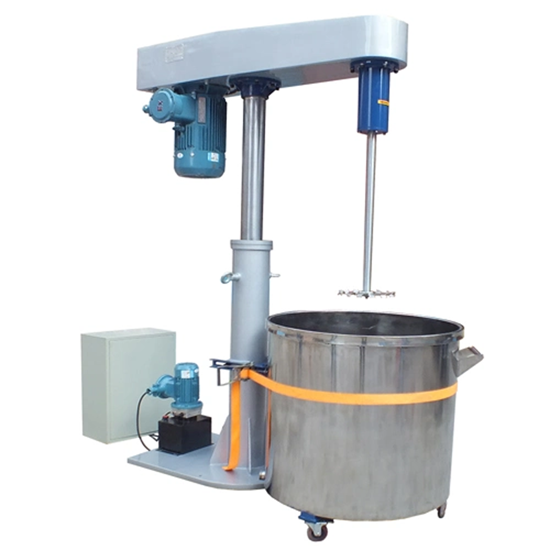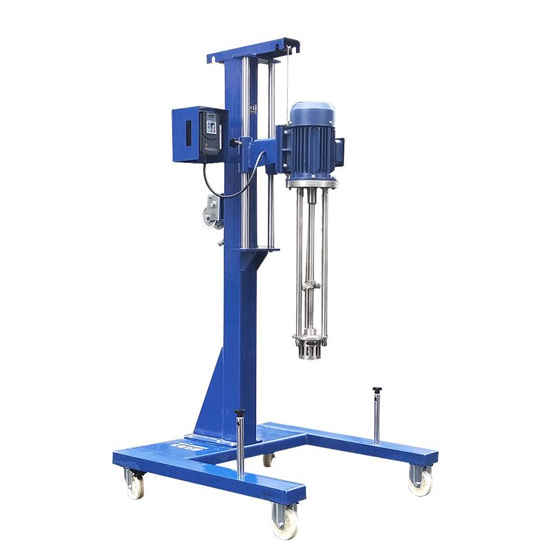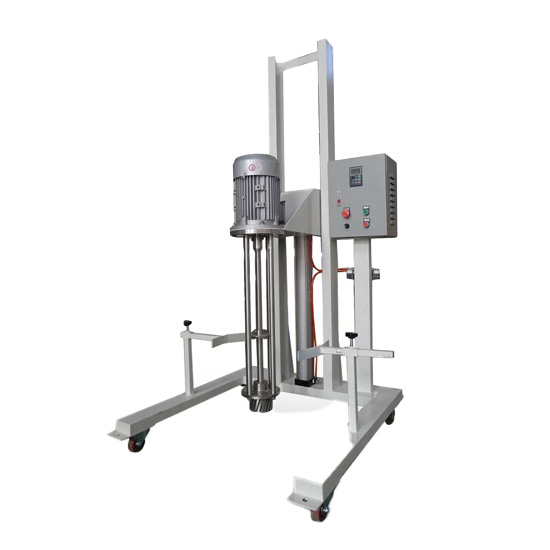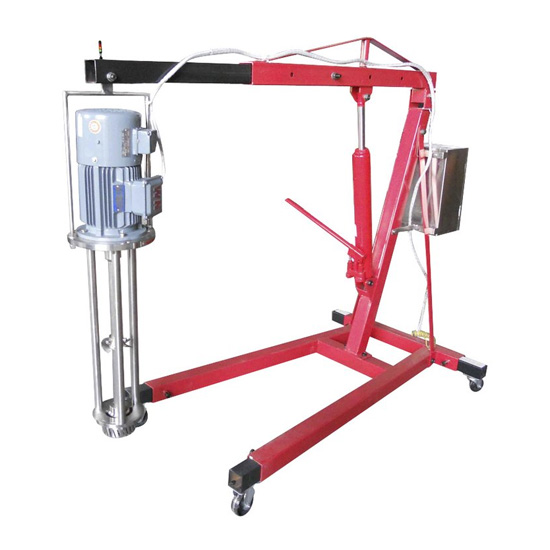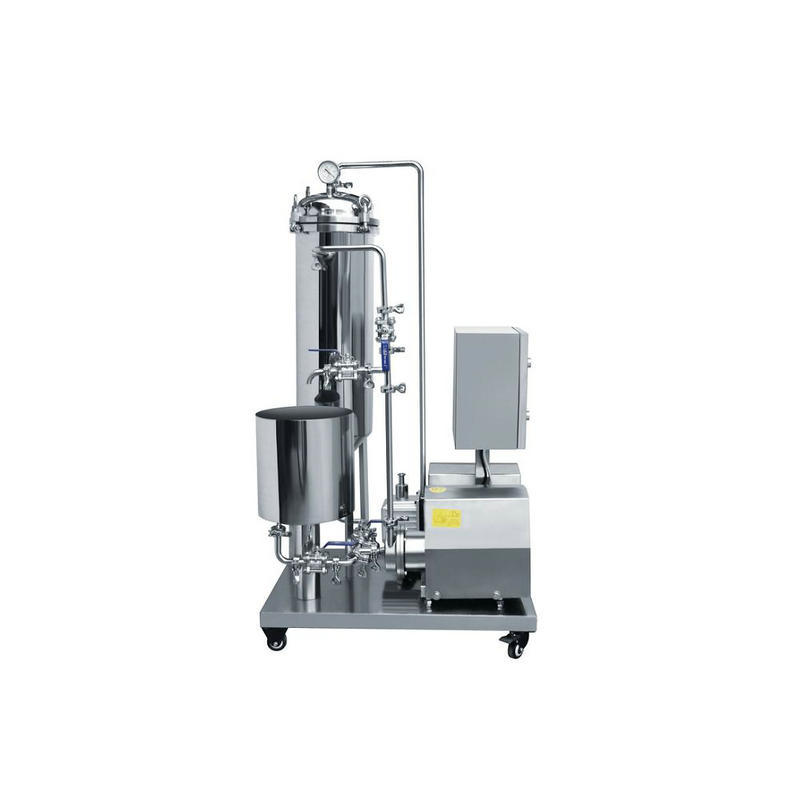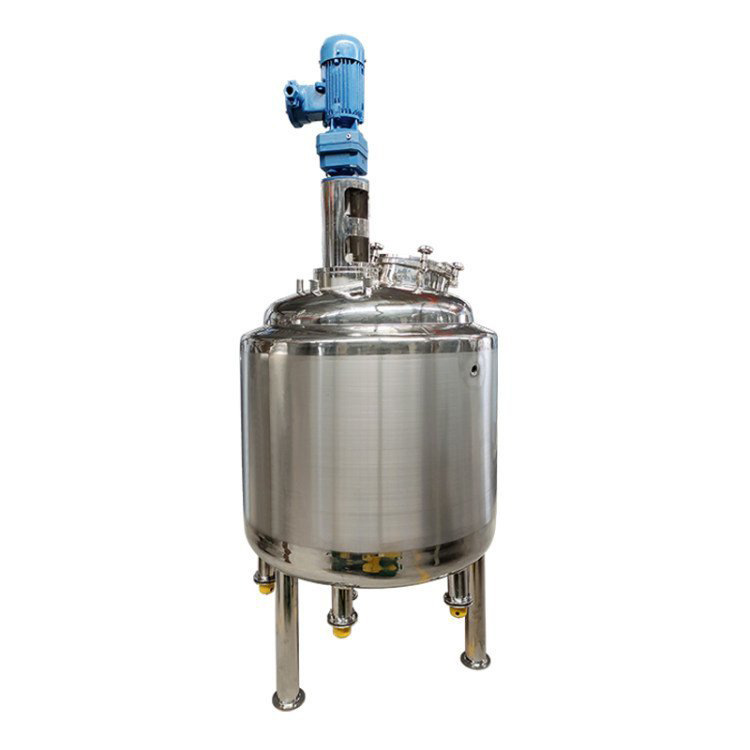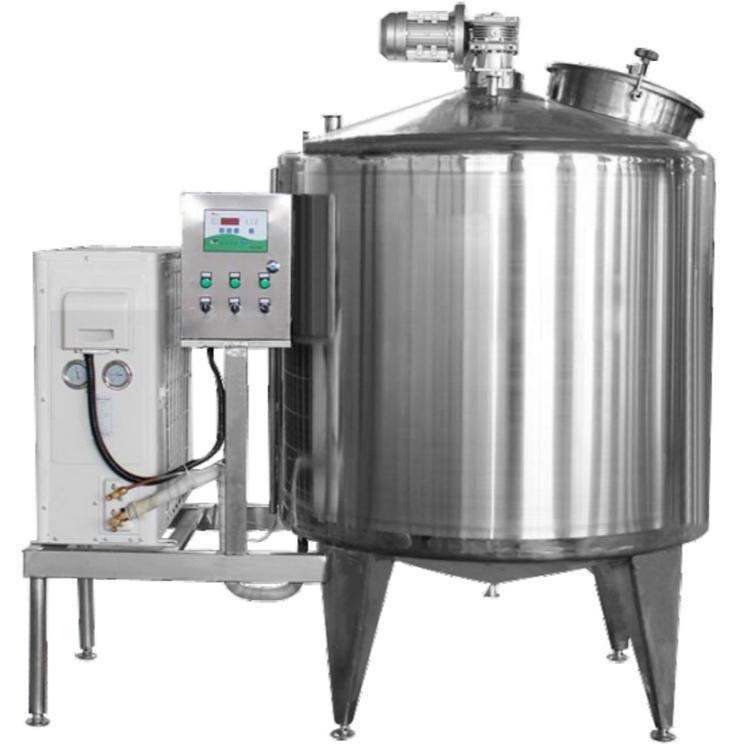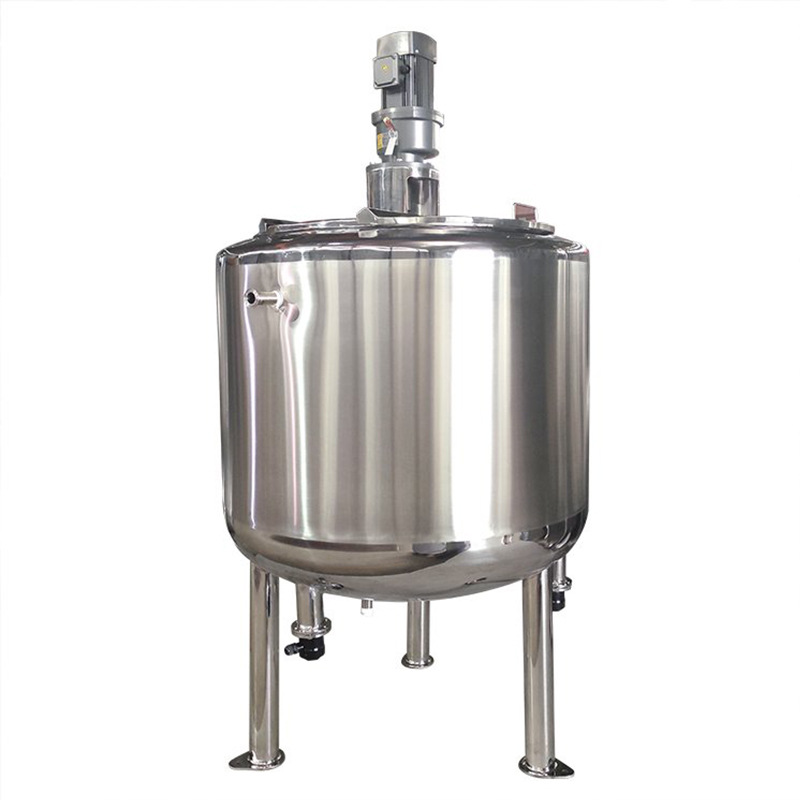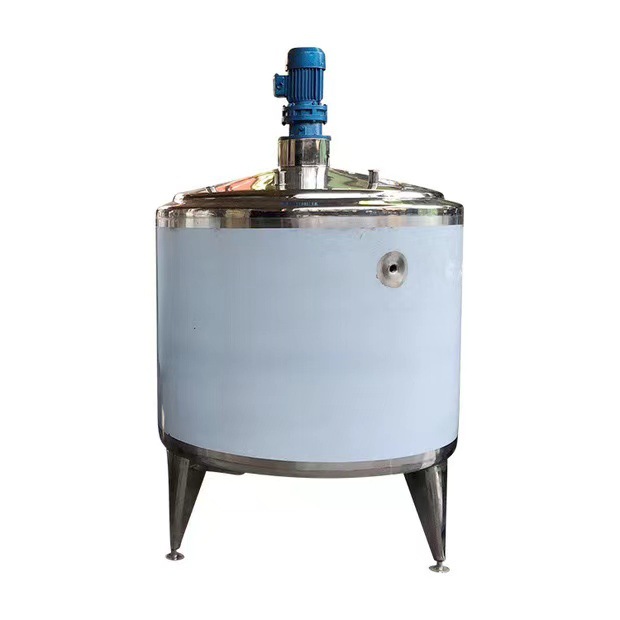Bidirectional Stirring Emulsification Equipment Promotes The Innovation Of New Materials For Solid-state Batteries
As a new type of battery technology, solid-state batteries have attracted widespread attention in recent years. Compared with traditional liquid lithium batteries, solid-state batteries have higher energy density, better safety and longer service life. These characteristics make solid-state batteries an important development direction for future battery technology and are expected to be applied in many fields, including electric vehicles, low-altitude aircraft, consumer electronics, etc. The following is a discussion on the breakthroughs and Stainless Steel Mixer Equipment applications of new materials for solid-state battery revolution.
1. Core advantages and challenges of solid-state batteries
Solid-state batteries use solid electrolytes to replace the electrolytes in traditional lithium batteries. This change brings many advantages. Solid-state batteries have higher energy density and can provide longer battery life. Solid-state batteries do not have the risk of leakage and have higher thermal stability, which greatly improves the safety of use. Solid-state electrolytes can also inhibit the growth of lithium dendrites, reduce battery capacity attenuation, and extend service life.
The development of solid-state batteries also faces some challenges. The low ionic conductivity of solid electrolytes leads to slower charging and discharging speeds. The poor solid-solid interface contact affects battery performance and life. In addition, the material cost of solid-state batteries is high and the production process is complex. They have not yet been mass-produced.
2. Breakthroughs in new materials
1. Halide solid electrolytes
In recent years, halide solid electrolytes have attracted widespread attention due to their excellent thermal stability and chemical compatibility. Studies have shown that through cation regulation, anion regulation and structural regulation, a variety of halide electrolytes with excellent performance can be developed. For example, halide electrolytes that are stable to the negative electrode and halide electrolytes with low-cost characteristics can be developed. The development of these new materials provides more options for solid-state batteries and promotes the further development of solid-state battery technology.
2. Silicon-based negative electrode materials
Silicon-based negative electrode materials are an important way to improve the energy density of solid-state batteries. A Shanghai Technology Co., Ltd. cooperated with the Shanghai Institute of Ceramics, Chinese Academy of Sciences to develop silicon-carbon negative electrode materials based on ordered mesoporous carbon materials. This material induces uniform deposition of silane through an ordered pore structure, solves the problem of volume expansion of traditional silicon-carbon negative electrodes during charging and discharging, and improves the stability and cycle life of the battery.
3. Glassy sulfide solid electrolytes
The team of Quanquan Pang of Peking University has developed a new glassy sulfide solid electrolyte material and developed an all-solid-state lithium-sulfur battery with excellent fast charging performance and ultra-long cycle life. The discovery of this material not only expands the performance boundaries of solid-state batteries, but also provides a new technical solution for the development of next-generation power batteries with high specific energy, high safety and low cost.
3. Application of mixing and emulsifying equipment in solid-state batteries
In the production process of solid-state batteries, the uniform mixing and slurrying process of electrode materials is crucial. These processes require strict uniformity and material compatibility, and mixing and emulsifying equipment plays a key role in this process.
1. Bidirectional mixing vacuum emulsifier
Bidirectional mixing vacuum emulsifier is usually used to ensure thorough mixing and dispersion of electrode materials. It breaks up and evenly distributes the materials through the strong shear force between the high-speed rotating rotor and stator. This is particularly important for achieving uniform dispersion of nano-scale particles, which helps to improve battery performance.
2. Planetary mixer
Planetary mixer provides the necessary shear force to achieve uniform dispersion of nano- and micron-scale particles. Its unique mixing method ensures that the materials are fully mixed in all directions, avoiding the occurrence of agglomeration, thereby ensuring the uniformity and consistency of electrode materials.
3. Dual-power vertical nano sand mill
Dual-power vertical nano sand mill is another commonly used mixing equipment, suitable for the dispersion and refinement of high-viscosity materials. It crushes the material to the nano level through the high-speed movement of the grinding medium, which increases the specific surface area and reaction activity of the electrode material.
4. High-efficiency turbine nano sand mill
The high-efficiency turbine nano sand mill adopts advanced turbine technology, which can achieve efficient dispersion and grinding at low energy consumption. Its closed design reduces solvent volatilization and pollution, while ensuring the uniformity and stability of the material.
IV. Future Outlook
With the continuous emergence of new materials and new processes, solid-state battery technology is gradually maturing. The breakthrough of new materials not only improves the performance of solid-state batteries, but also reduces production costs, making it more competitive in the market. At the same time, the continuous innovation of mixing and emulsifying equipment also provides strong support for the production of solid-state batteries, ensuring the uniformity and stability of electrode materials.
Looking to the future, solid-state batteries will play an important role in electric vehicles, low-altitude aircraft, consumer electronics and other fields.
With the further maturity of technology and the realization of large-scale production, solid-state batteries are expected to become the mainstream solution for the next generation of energy storage, promoting the transformation and upgrading of the global energy structure.
As a new type of battery technology, solid-state batteries have broad development prospects.
The breakthrough of new materials and the application of mixing and emulsifying equipment provide important guarantees for the production of solid-state batteries. With the deepening of research and the advancement of technology, it is believed that solid-state batteries will play a more important role in the future and bring more convenience and welfare to human society.
